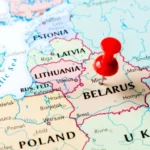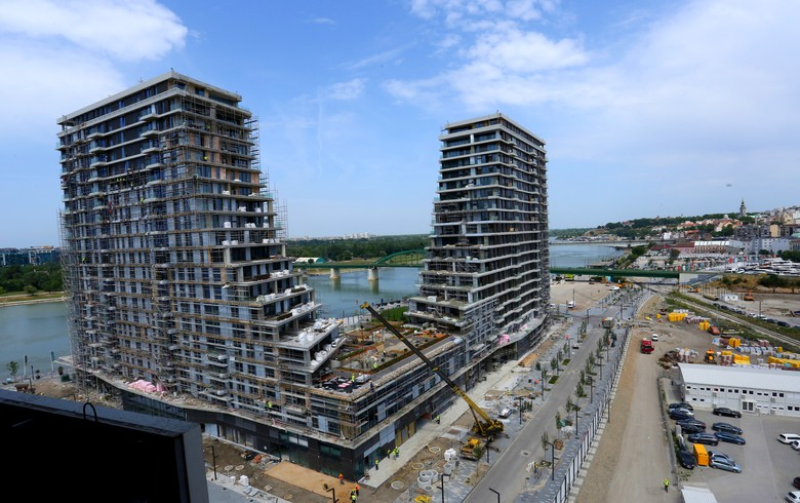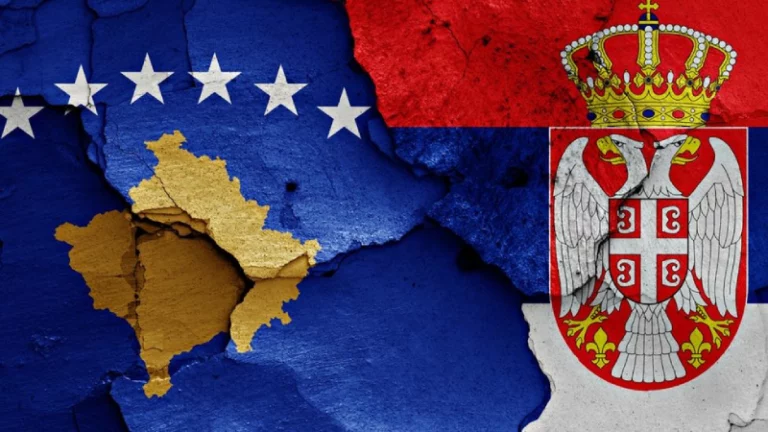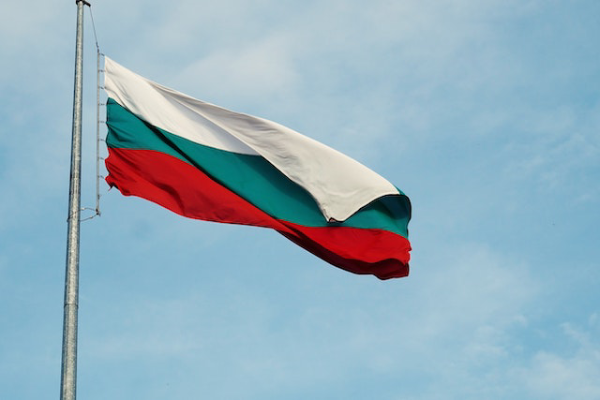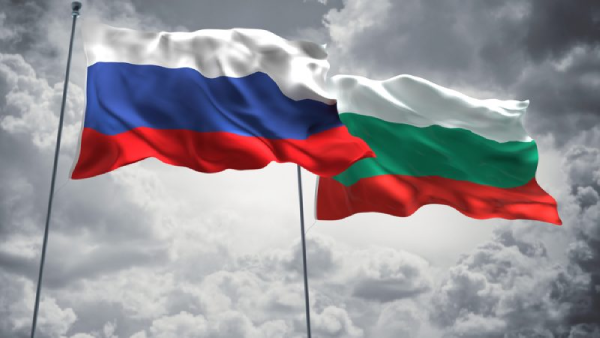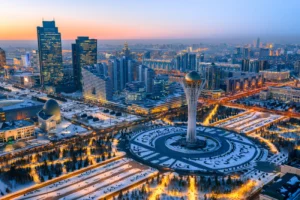The shadow economy in Serbia has been on a downward trend, with illegal business decreasing from 14.9% to 11.7% of the GDP in the past five years. However, despite this decline, every fourth company is still involved in the shadow economy, according to the “Shadow Economy in Serbia 2022” study conducted by Professors Gorana Krstić and Branko Radulović.
Undocumented workers
Undocumented workers and cash payments remain key elements of the shadow economy in Serbia, with companies generating close to 6.5 billion euros annually through such activities. The construction and agriculture sectors are particularly susceptible, with one-fifth of construction companies and 13% of agricultural workers being undocumented.
Cashless economy
The impact of the shadow economy in Serbia is not limited to the country itself. Globally, this poses significant economic challenges.
Boosting the cashless economy could reduce the size of the shadow economy by 3.4% of the GDP, increasing the state’s tax revenues by approximately 700 million euros per year. However, achieving this will take six to seven years, as estimated by the study.
New measures, such as the adoption of the Programme for the Suppression of the Shadow Economy, are necessary to address this issue.
Companies and entrepreneurs who recently launched their businesses and those in financial difficulties are more likely to engage in shadow economy-related activities. Solving this problem requires a collaborative effort from both the government and the private sector.






